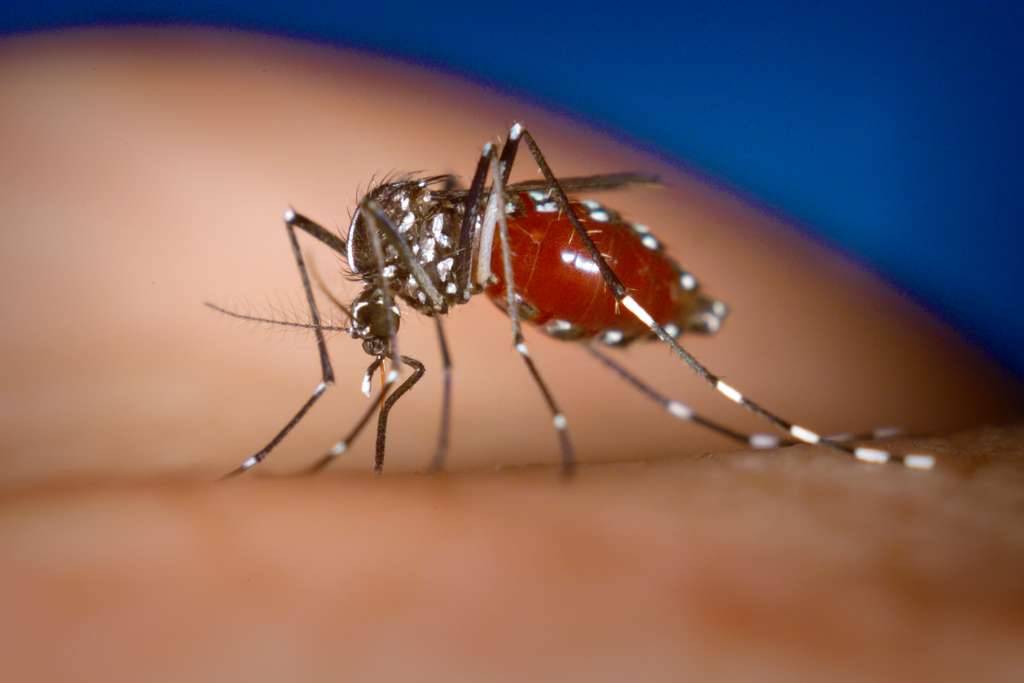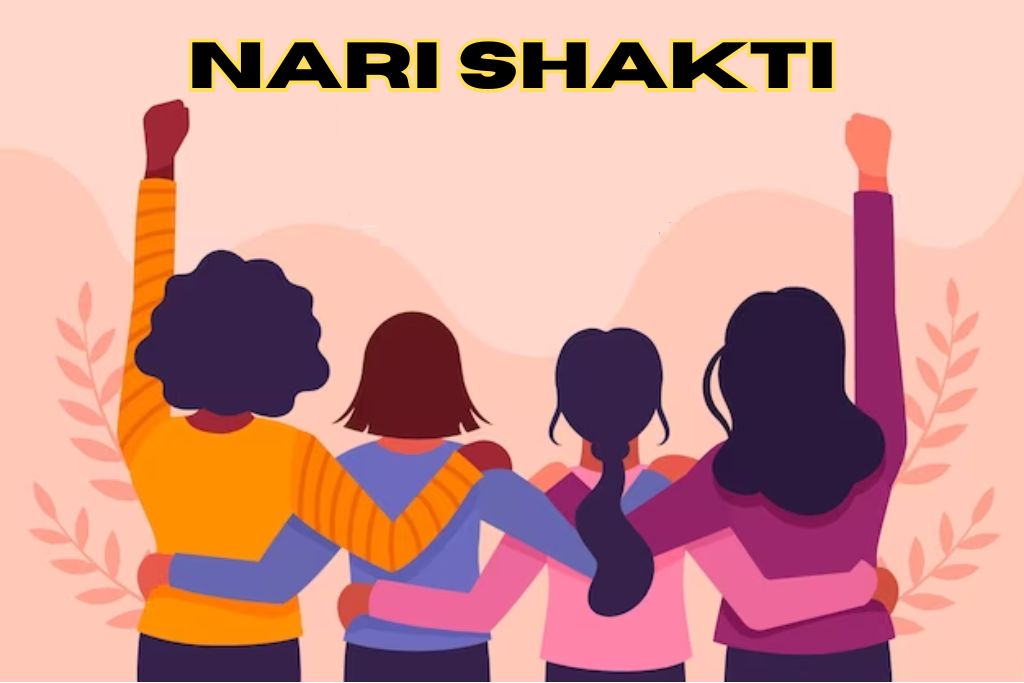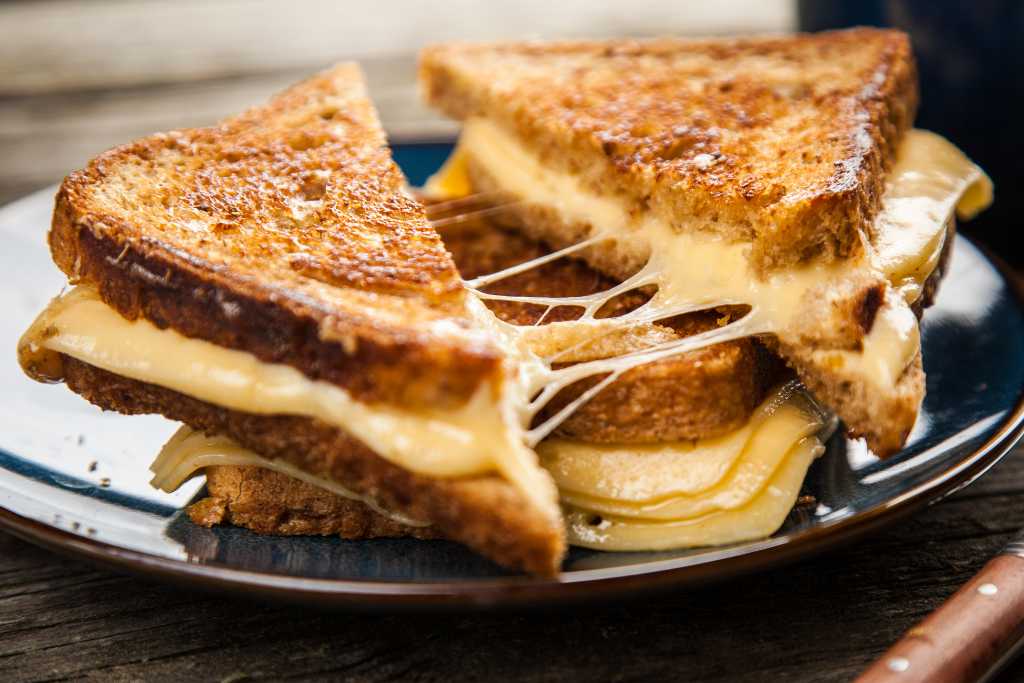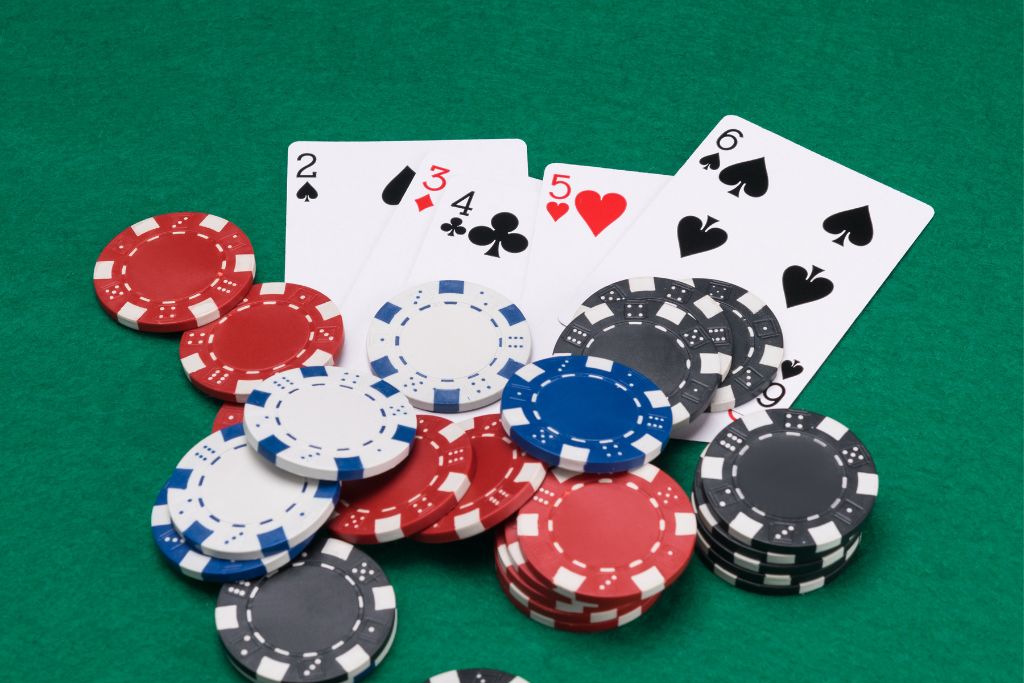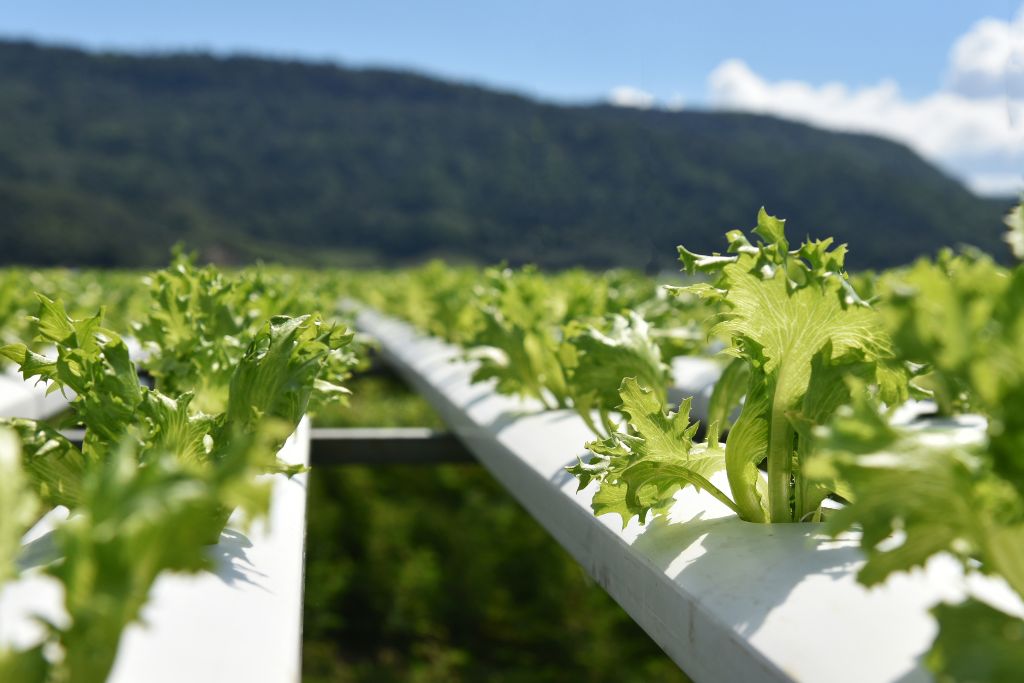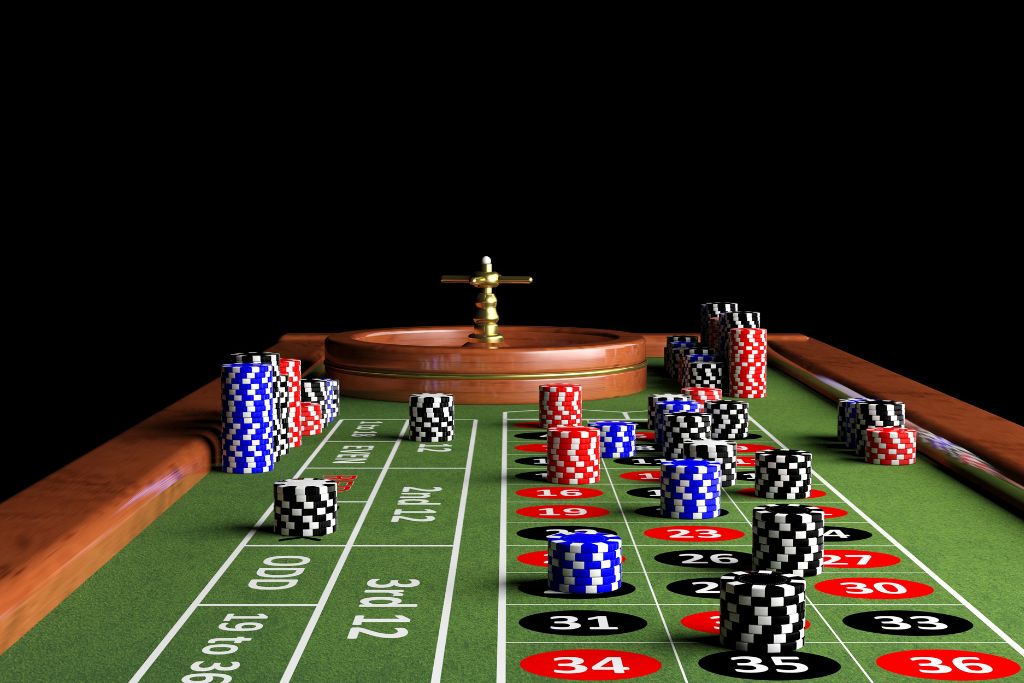You have just entered the world of judo, a formidable fighting method that ignores one’s physical limitations. In today’s lesson, we find out about Caecilia Riedl, a remarkable lady who uses judo to give those who are blind more agency. In this post on her blog, Caecilia shares how she employs judo to motivate others and overcome challenges. Join us as we explore the tremendous benefits of Judo for people with vision impairments and discuss the necessity of having visually impaired athletes represented in sports in a way that has never been done before. Get in there!
What’s Judo?
Judo—from the Japanese words “ju” (gentle) and “do” (way)—uses an opponent’s energy against them. Throws, grappling, and immobilizations subdue opponents. Judo’s idea of maximum efficiency with the lowest effort allows smaller opponents to defeat larger ones.
Judo practitioners wear a gi, a pants-and-jacket attire. Matches are won by throwing accurately or holding an opponent for a set time. Judo teaches respect, discipline, and self-control. It fosters teamwork and mental agility by requiring quick decision-making under duress.
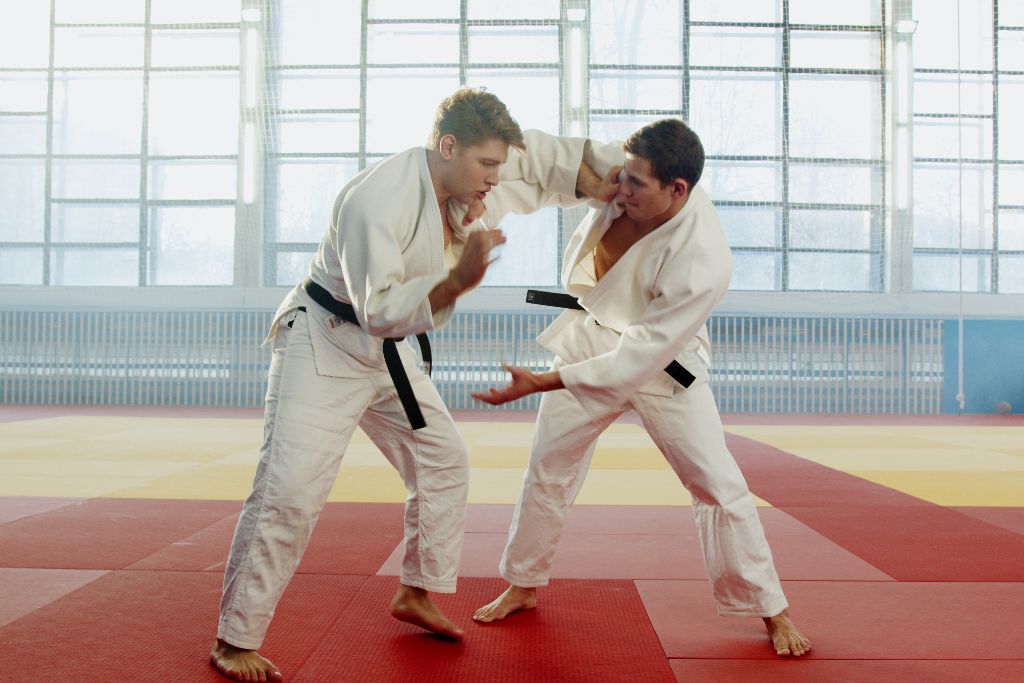
Judo’s inclusiveness has made it popular globally. This martial art is open to all ages, genders, and abilities. Its versatility empowers visually impaired practitioners like Caecilia Riedl.
Caecilia has shown how Judo transcends limits and proves that limitations are just hurdles. Let’s see how Judo inspires blind people!
Caecilia Riedl empowers visually impaired people via Judo
Judo is Caecilia Riedl’s passion. Her love of sports has inspired others in similar situations. Caecilia empowers blind people via Judo using her personal experiences. She feels the sport’s physical and mental power can assist disabled people gain confidence and perseverance.
Caecilia teaches technique and self-confidence. She inspires them by showing what is achievable despite vision difficulties. Judo assists blind people. Participants use touch and spatial awareness rather than sight in the tactile sport. This increases balance, coordination, and self-defense.
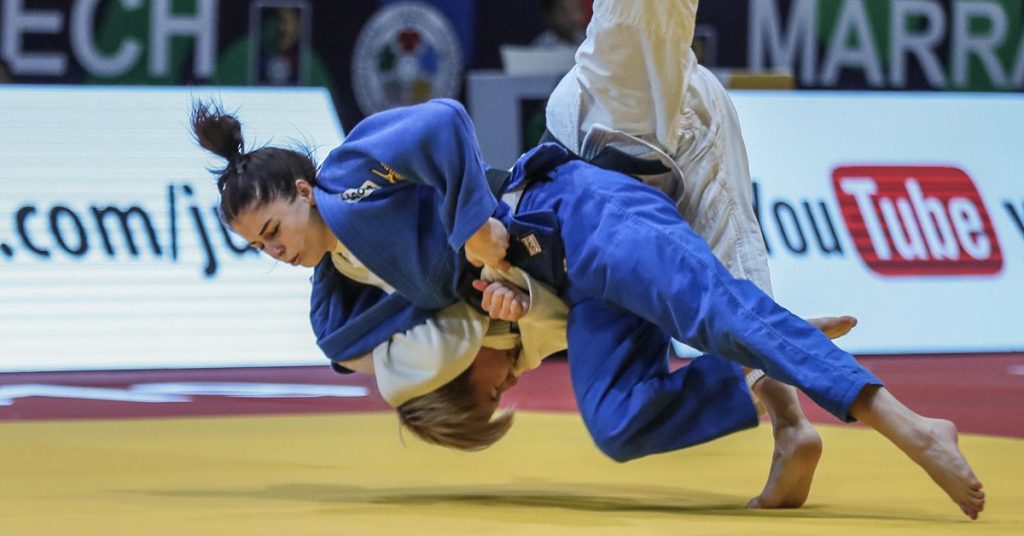
Judo also promotes community and togetherness. Visually impaired people might meet others who understand their challenges through training and competitions. This support network encourages social inclusion in Judo. Representation is crucial for disabled athletes in sports like Judo. Caecilia’s success in Judo despite her vision handicap shows that others with similar obstacles may join.
Caecilia’s success story helps change society’s view on disability in athletics. Given equitable participation, talent shows no limits. In conclusion, Caecilia Riedl’s story shows how one individual may inspire others with vision impairments via Judo. She’s shown that limitations shouldn’t limit potential through her education and campaigning.
Judo for blind people
Judo, a grappling and throwing martial art, assists visually impaired people. Touch and spatial awareness are major advantages. This tactile feature lets vision-blind judokas participate and improve. Visually impaired people can improve their proprioception and kinesthetic sensitivity by practicing. Judo improves balance and coordination. Visually impaired people need certain bodily changes to go around.
Judo helps visually impaired persons socialize and gain confidence. It promotes judo club or team cohesiveness and growth. Training and contests make visually impaired people feel less alone. Judo teaches discipline, endurance, respect, and self-control, which are useful on and off the tatami (judo mat). Visually handicapped judokas acquire resilience from training and matches.
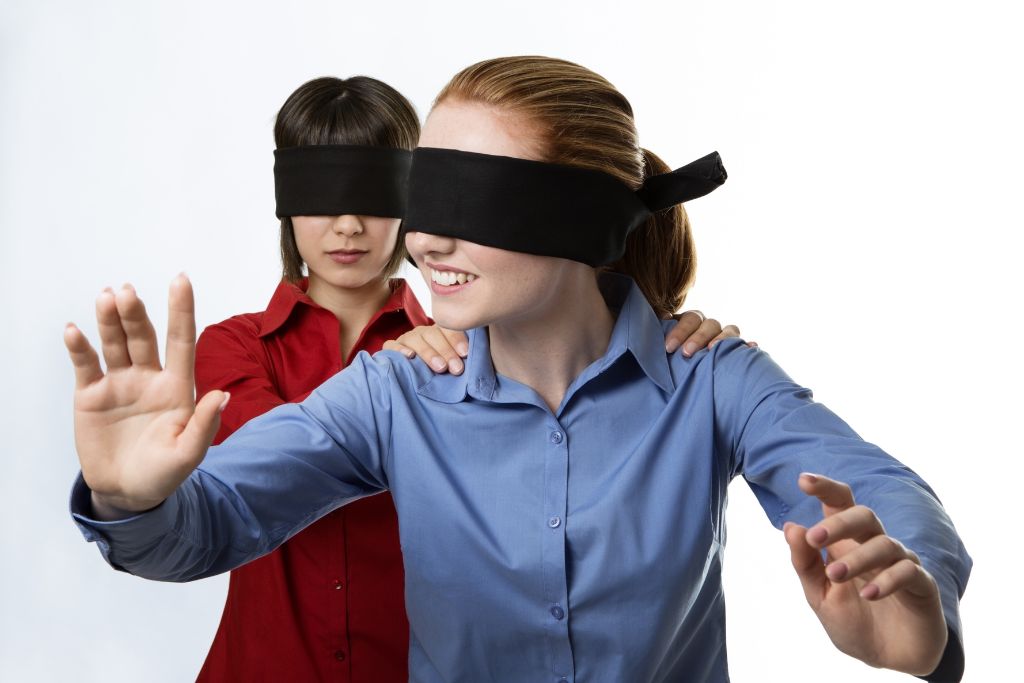
We appreciate Judo’s transforming ability beyond fitness and competition by showcasing these benefits for visually impaired people. Visually challenged judokas like Caecilia Riedl inspire others to push limits and change attitudes regarding disability in sports.
Judo and other sports need representation
Sports and life require representation. Diversity in Judo and other sports inspires and includes everyone. Caecilia Riedl’s Judo success inspires visually impaired people to succeed. Visually impaired people are more inclined to play sports if their role models have similar experiences. They can imagine Judo’s success by watching Caecilia Riedl.
Representation educates others about visually impaired people’s skills. It challenges disability prejudices and promotes sports inclusivity. Diverse representation allows for collaboration and new perspectives. Athletes like Caecilia Riedl offer unique perspectives on visual impairment training, adaptations, and methods. This helps people participate and promotes sports accessibility.
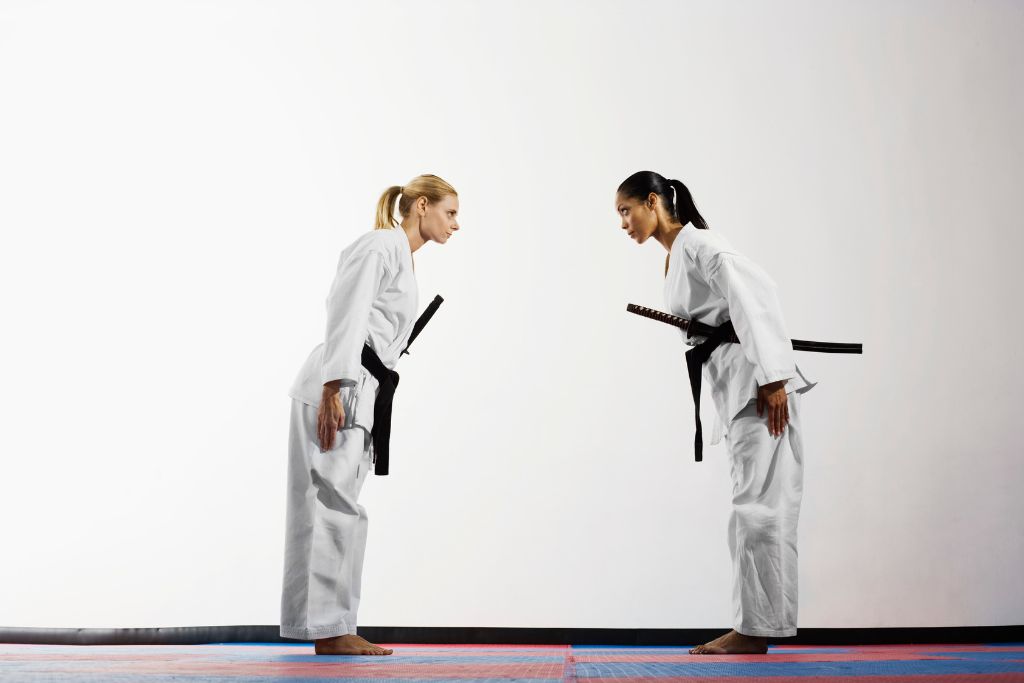
Representation empowers visually impaired athletes in Judo and other sports. We motivate others to follow their passions and challenge social norms by highlighting athletes like Caecilia Riedl.
Caecilia Riedl’s judo tour is like “Snowy Escapes: Unforgettable Winter Sports Destinations.” Winter sports destinations thrill explorers worldwide, like Riedl’s judo skills inspire visually impaired people. The article praises Riedl’s role in inspiring underdogs to reach their sports and life goals. Snowy retreats offer thrilling winter activities, reminding us of the endless possibilities for those ready to explore new territories. In all spheres, the human spirit and the delight of conquering barriers create remarkable and transforming experiences.






